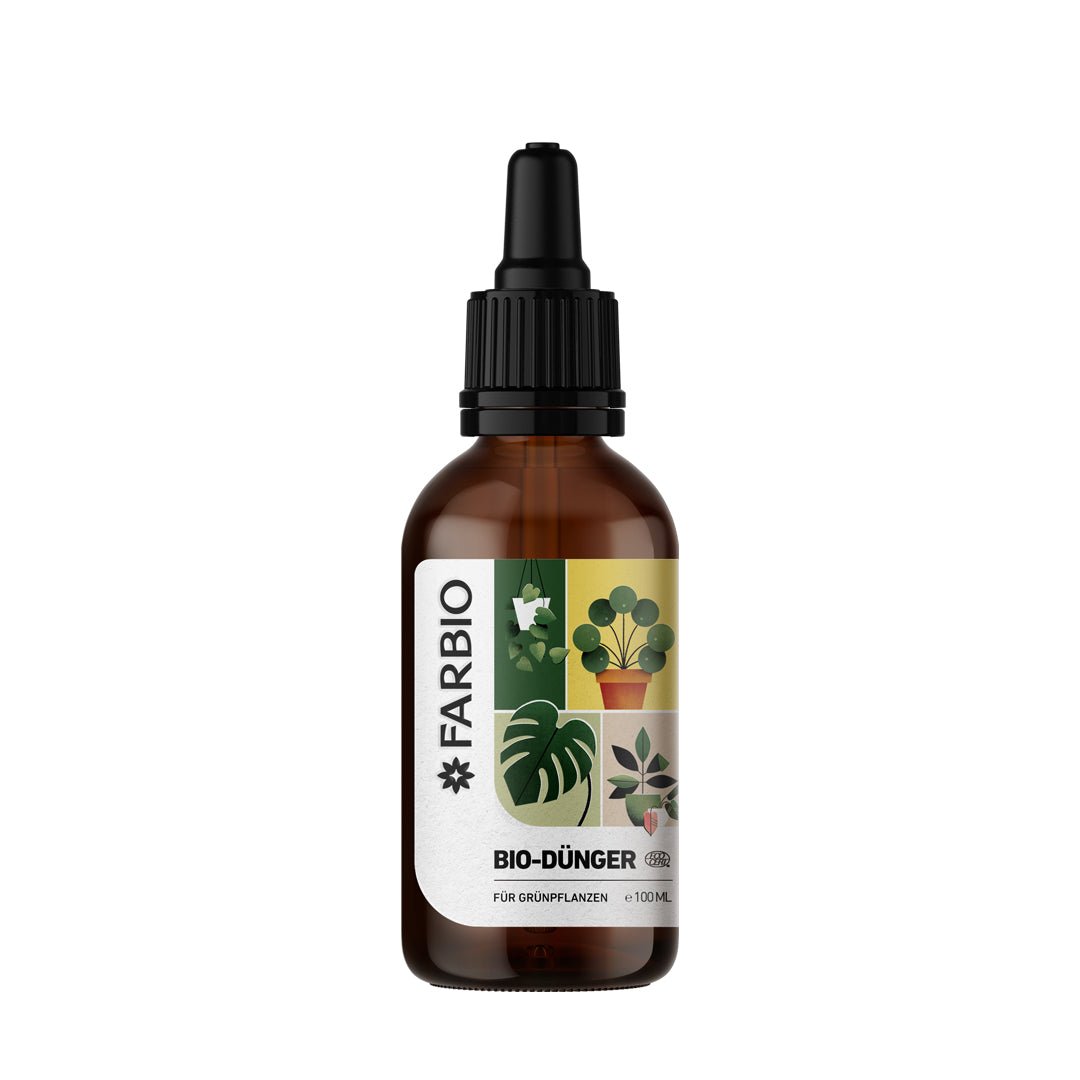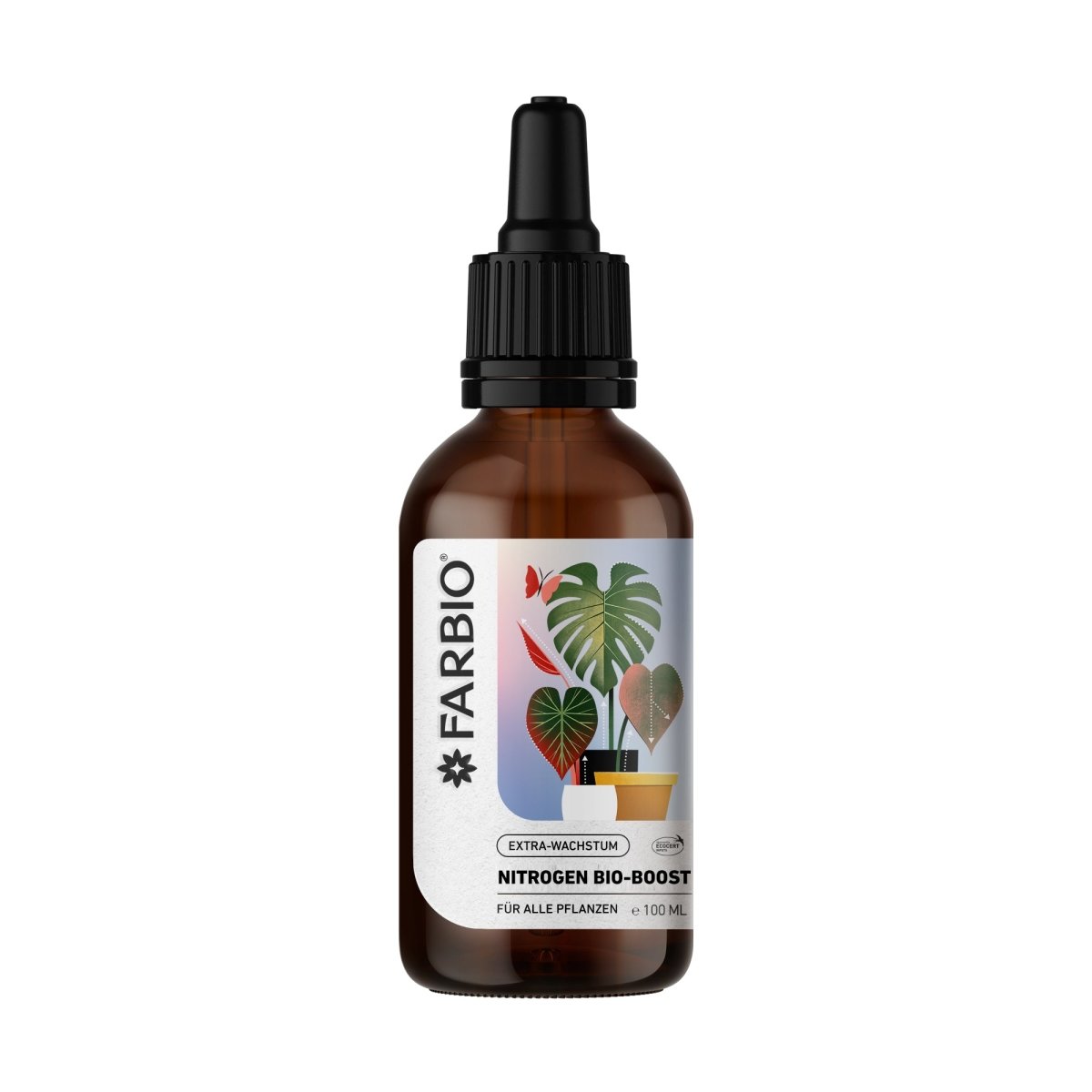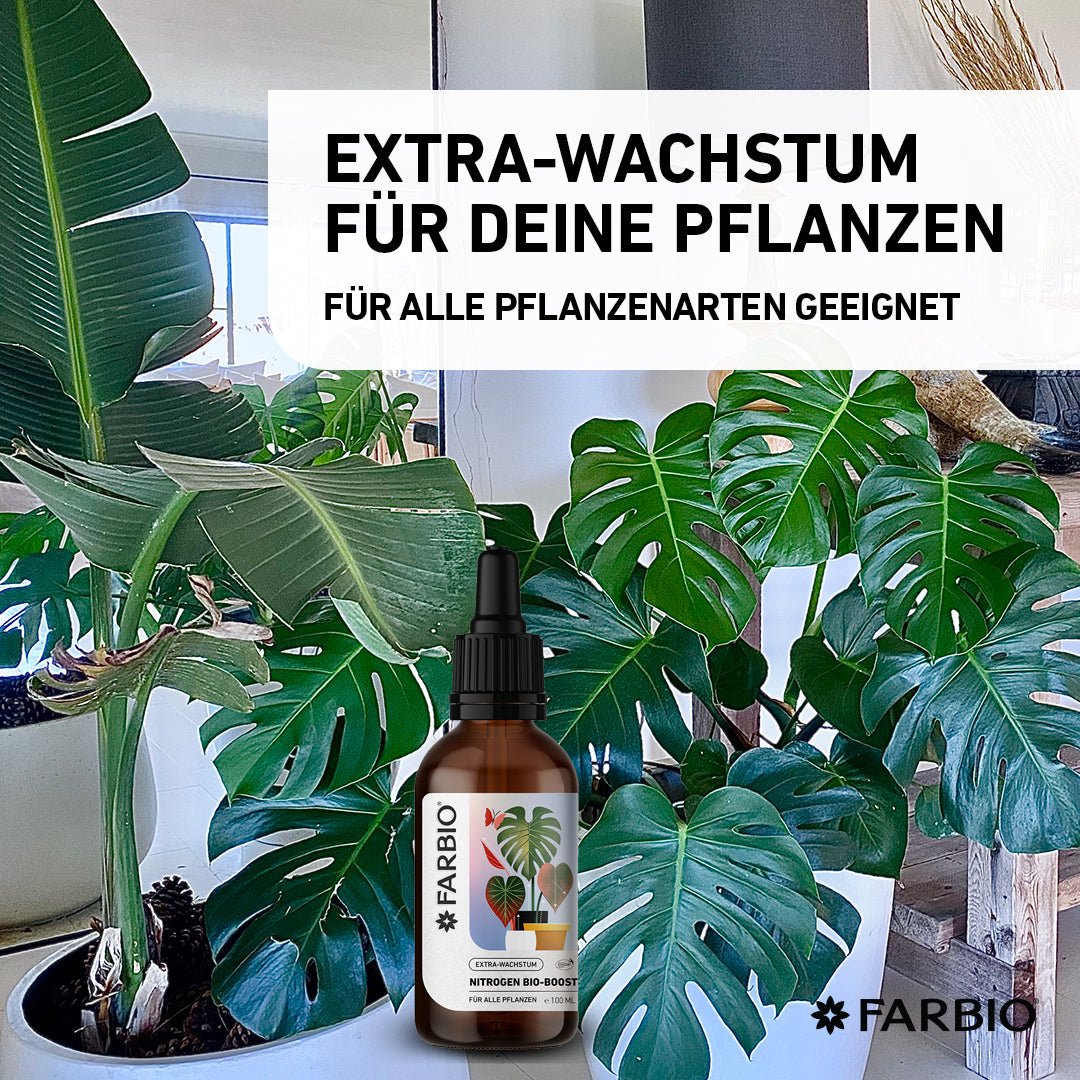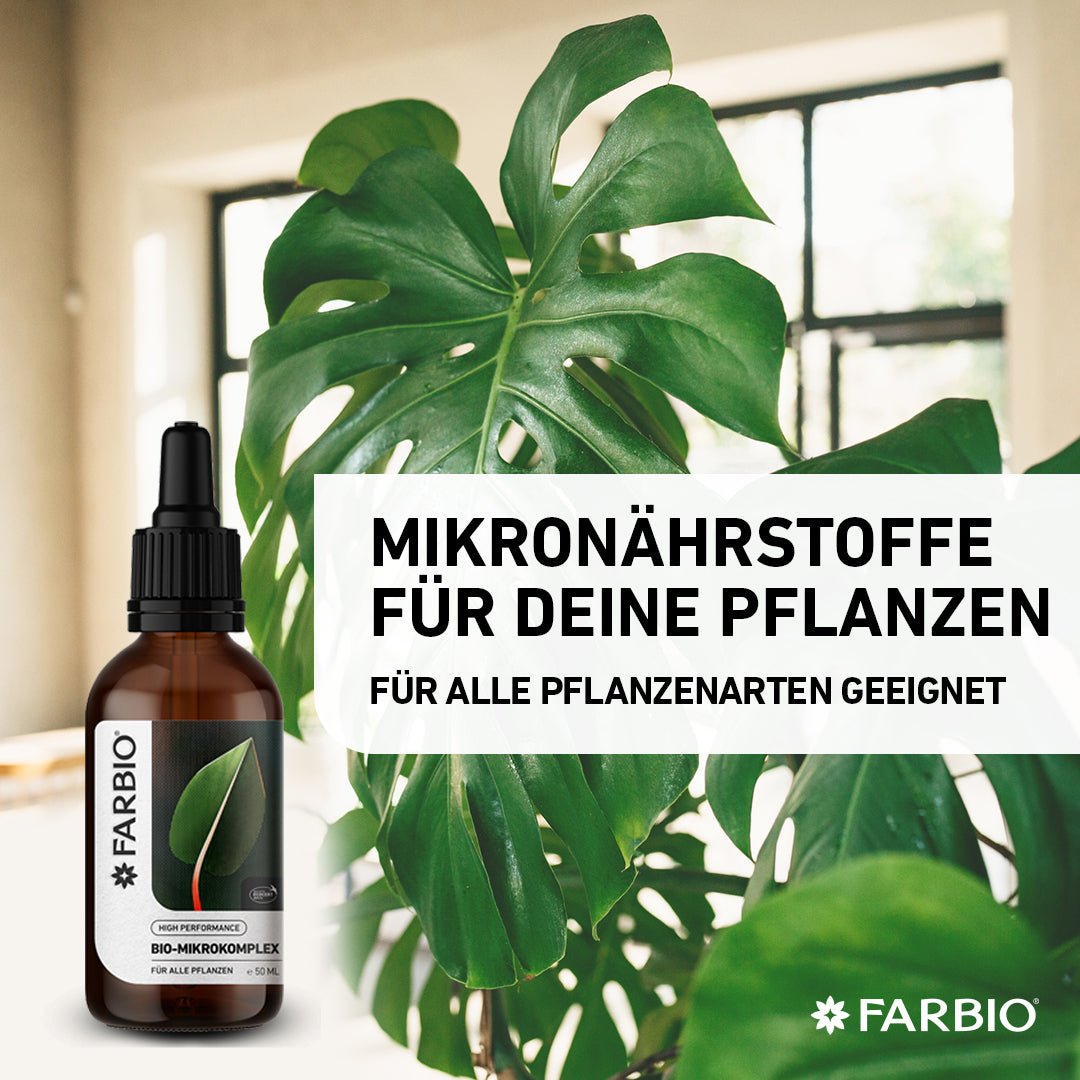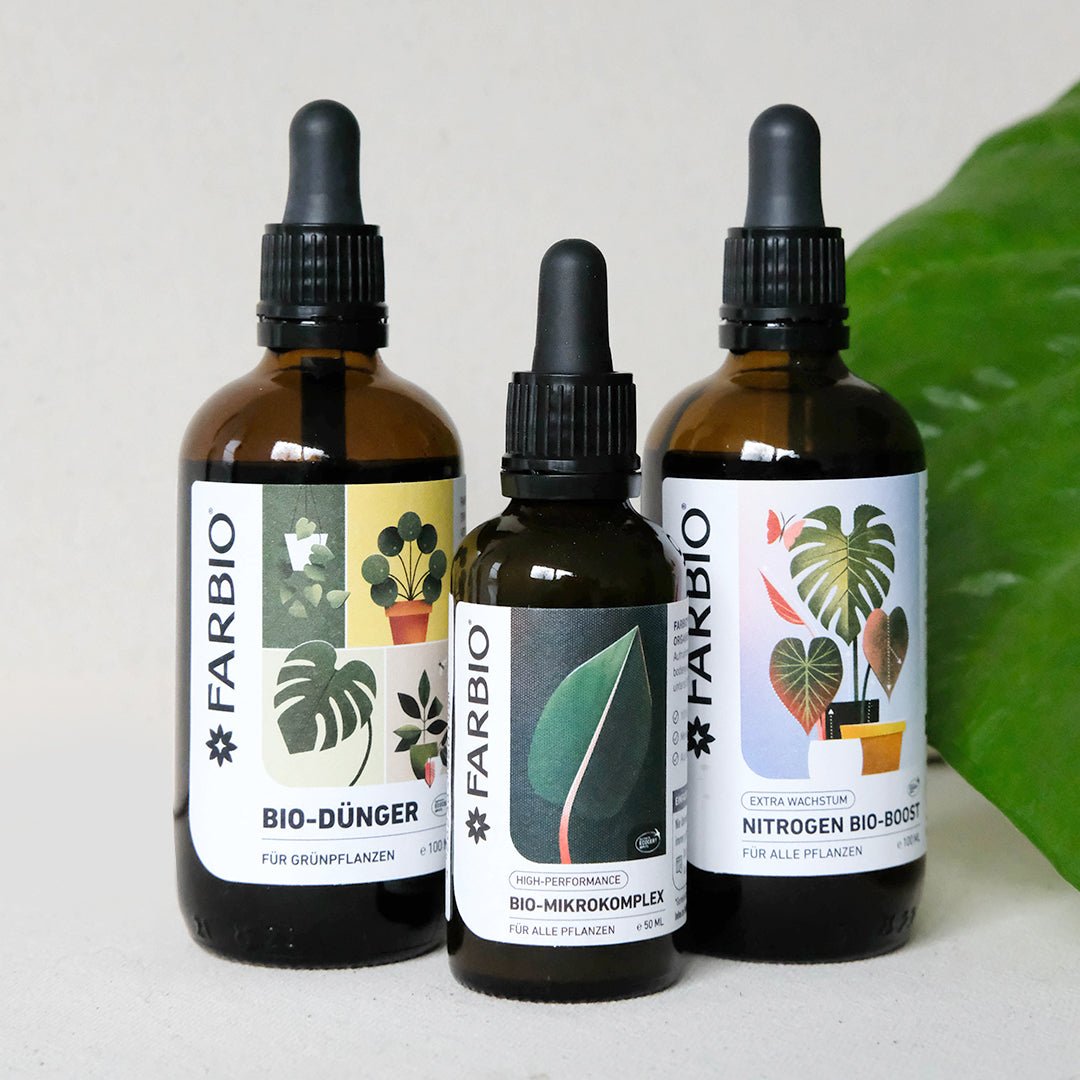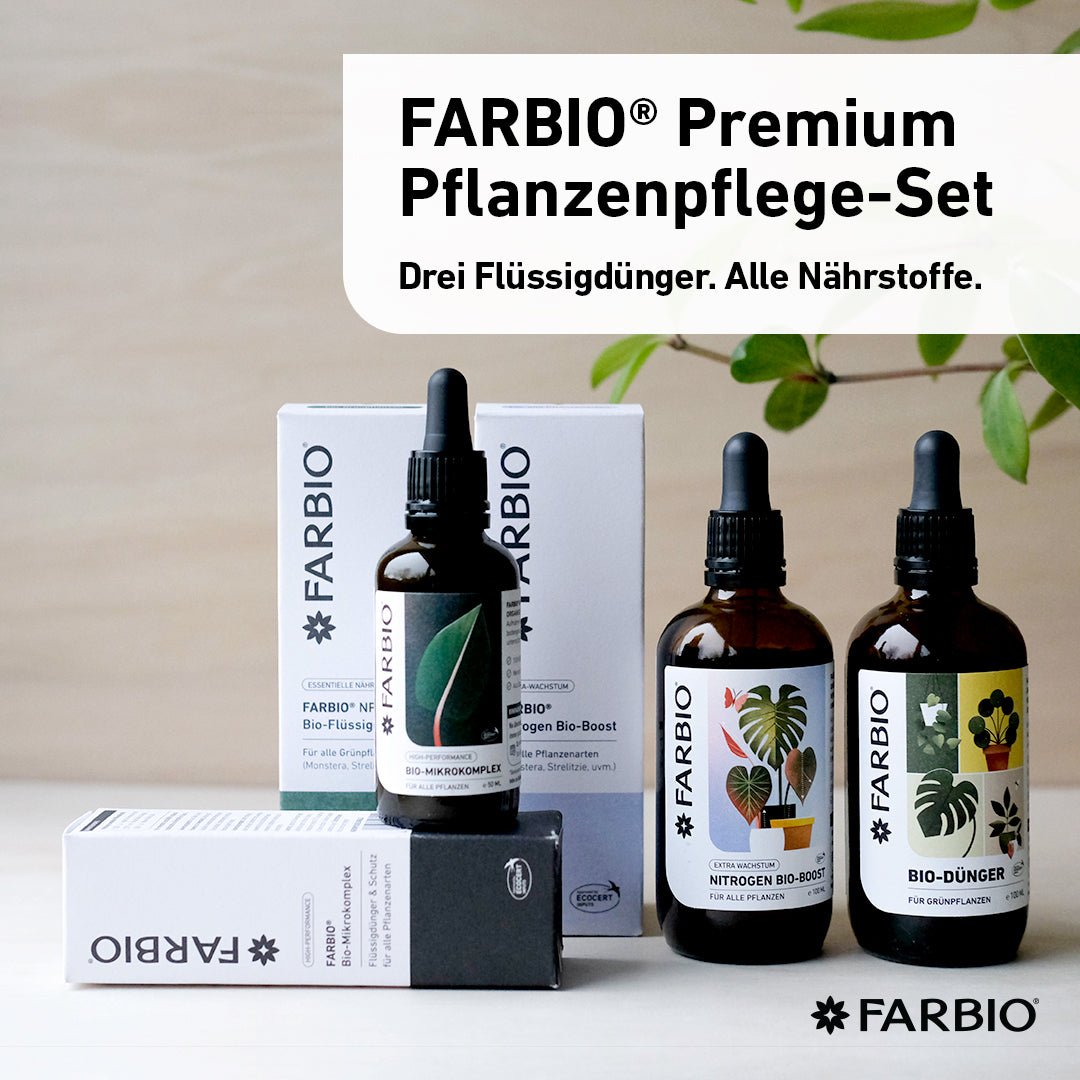Anyone who has a lot of houseplants in their home will sooner or later wonder whether the plants get enough light to thrive. This question comes up especially in winter when there is little sunlight available. But even all year round it can be very dark in some corners of the apartment and so buying plant lights is always worth considering.
What light spectrum do your houseplants need?
In order to find a suitable and, ideally, inexpensive plant lamp for plants, it is important to understand certain terms and processes. Plants need sunlight for photosynthesis, which in turn is essential for plant survival and development. From the full color spectrum of sunlight, plants mainly use the red and blue light spectrum. The red light spectrum is particularly needed for flower and fruit development, while the blue light color ensures general plant growth.
What you need to pay attention to when buying plant lamps:
A suitable light source for plants does not only have to have these two color spectrums and therefore has to be a special plant light, because light sources such as fluorescent tubes with so-called daylight white, pure white, neutral white and cool white also cover the spectrums that plants need. Our normal light bulbs in our living space are usually warm white and therefore not suitable. Cheap lights from the hardware store or the Internet also serve the purpose of a professional plant light, you just have to pay attention to the correct information.
Buy the right plant lights
The watt specification of a lamp indicates the radiant power. Depending on the type of plants and the existing lighting conditions in the room, the light source should have 20 to 50 watts. The following applies: the higher the wattage, the more light is produced. The more light, the better the growth of the plants. Kelvin refers to the perceived temperature of light. Daylight has more than 5,000 Kelvin and lights with temperatures above 4,000 are similar and therefore usable for plants. Light is emitted in electromagnetic waves and is measured in nanometers. Wavelengths of around 380 to 780 nanometers are useful for photosynthesis in plants. Lux is the name of the illuminance. A houseplant needs an average of 1,000 lux. One lux corresponds to a luminous flux of one lumen per square meter. It is the unit of luminous flux, meaning the radiant power of the light source. Around 2,500 lumens are required per plant; the same applies here: the more emitted, the more the plants grow.
Use plant lamps
In winter, the plant lights should ideally be on for 8-12 hours during the day. A timer can also help you automate the lighting from plant lamps. The plant lights must be placed above the plants with enough distance so that the leaves do not burn. The further away the light is, the less light is received. The more lumens, the further the plant can be from the lamp. The distance between the plant and the lamp should usually be 30-40 centimeters.

Signs that you need a plant lamp
When houseplants don't receive enough light, they show various signs. It is important to ensure sufficient light intensity, especially in the dark season or during wintering. Plants that consistently receive too little light often develop worse than those that receive enough light. Growth may be slowed, the plant may branch less and may remain smaller overall. The foliage can also change: the leaves can become lighter and thinner because they produce less green leaf. In addition, the leaves may be misshapen or stunted. The absence of flowers is also a sign of too little light. Plants with too little light are often more susceptible to diseases and pests because their immune systems are weakened. To promote the growth and health of plants, it is important to provide them with sufficient light through plant lights.
Plant light = generally more leaf mass
Special plant lamps can be used effectively to meet the plants' light needs. Additional light can increase the success of cultivation and support the development of your own plants. It should be noted that if a plant has plenty of light all year round, it will not stop developing in winter. This means that many nutrients are required for the production of shoots, leaves and leafy greens, even in the cold seasons. Fertilize your green plants under grow lights at least twice a month all year round. You can find the right fertilizer for your plants among the FARBIO® organic liquid fertilizers .
You can find out more about houseplants in our Plant AZ !



